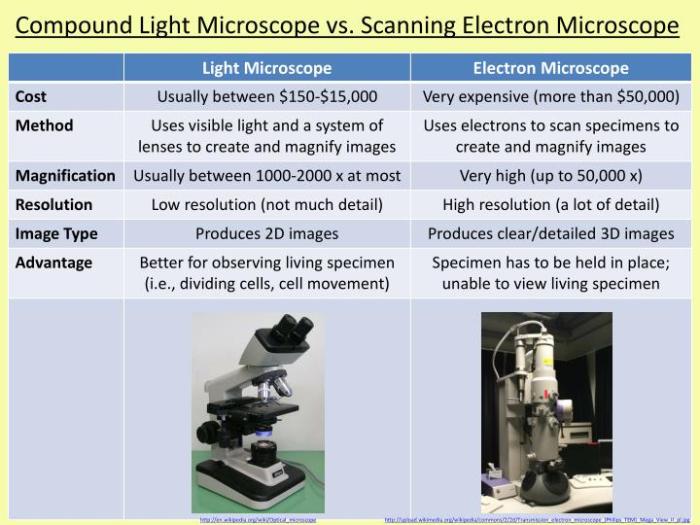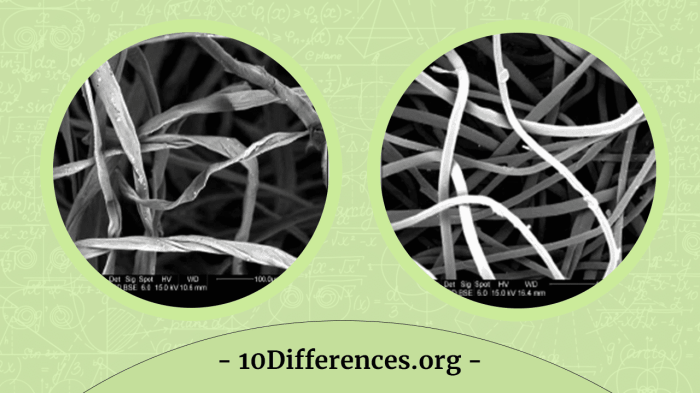Si v scope vs physical microscope differences – In the realm of microscopy, the si v scope and physical microscope stand as distinct tools, each with its unique advantages and limitations. This comprehensive exploration delves into the fundamental optical principles, resolution and magnification capabilities, sample preparation techniques, and a myriad of other aspects that differentiate these two microscopy methods, empowering researchers with the knowledge to make informed choices for their specific applications.
From the intricacies of optical pathways to the impact of field of view and depth of field, this analysis provides a thorough understanding of the strengths and weaknesses of each microscope, ensuring that users can harness the full potential of these powerful instruments in their pursuit of scientific discovery.
Optical Principles: Si V Scope Vs Physical Microscope Differences

The fundamental optical principles behind a virtual scope and a physical microscope differ significantly. A virtual scope utilizes a computer-generated simulation of a microscope, while a physical microscope employs lenses and a light source to form images. In a virtual scope, light is not physically transmitted through a specimen; instead, digital images are processed and manipulated to create a virtual representation.
In contrast, a physical microscope relies on the interaction of light with the specimen to produce an enlarged image.
The path of light in a virtual scope is entirely digital, with images captured by a camera and then processed by software. The software algorithms manipulate the digital image to create a magnified view, allowing users to adjust parameters such as magnification, focus, and contrast.
In a physical microscope, light passes through the specimen and is then focused by lenses to form an image. The magnification and resolution of the image are determined by the optical properties of the lenses used.
Resolution and Magnification
The resolution of a microscope refers to its ability to distinguish between two closely spaced objects, while magnification refers to the degree to which an image is enlarged. Virtual scopes typically have higher resolution than physical microscopes due to the ability of digital image processing to enhance the clarity of the image.
Physical microscopes, on the other hand, are limited by the diffraction of light, which limits the resolution that can be achieved.
The magnification of a virtual scope is limited by the resolution of the digital image, while the magnification of a physical microscope is determined by the focal length of the lenses used. Higher magnification allows for closer examination of fine details, but it can also reduce the field of view and depth of field.
Sample Preparation, Si v scope vs physical microscope differences
Sample preparation for virtual scopes and physical microscopes varies depending on the type of specimen being examined. For virtual scopes, digital images of the specimen are typically captured using a camera or scanner. These images can be processed and manipulated using software to enhance the visibility of specific features.
Physical microscopes, on the other hand, require the specimen to be physically mounted on a slide and prepared using techniques such as staining or sectioning. These techniques enhance the contrast between different structures within the specimen, making them easier to visualize under the microscope.
FAQ Resource
What are the key differences between si v scope and physical microscope?
Si v scope utilizes virtual imaging, while physical microscope employs physical lenses. This difference leads to variations in resolution, magnification, and sample preparation techniques.
Which microscope offers higher resolution?
Si v scope generally provides higher resolution due to its digital image processing capabilities.
What are the advantages of physical microscope over si v scope?
Physical microscope offers a wider field of view and greater depth of field, making it suitable for observing larger specimens.

